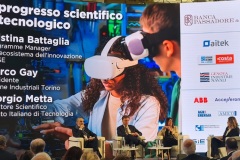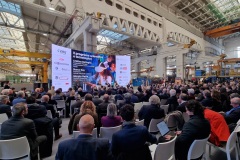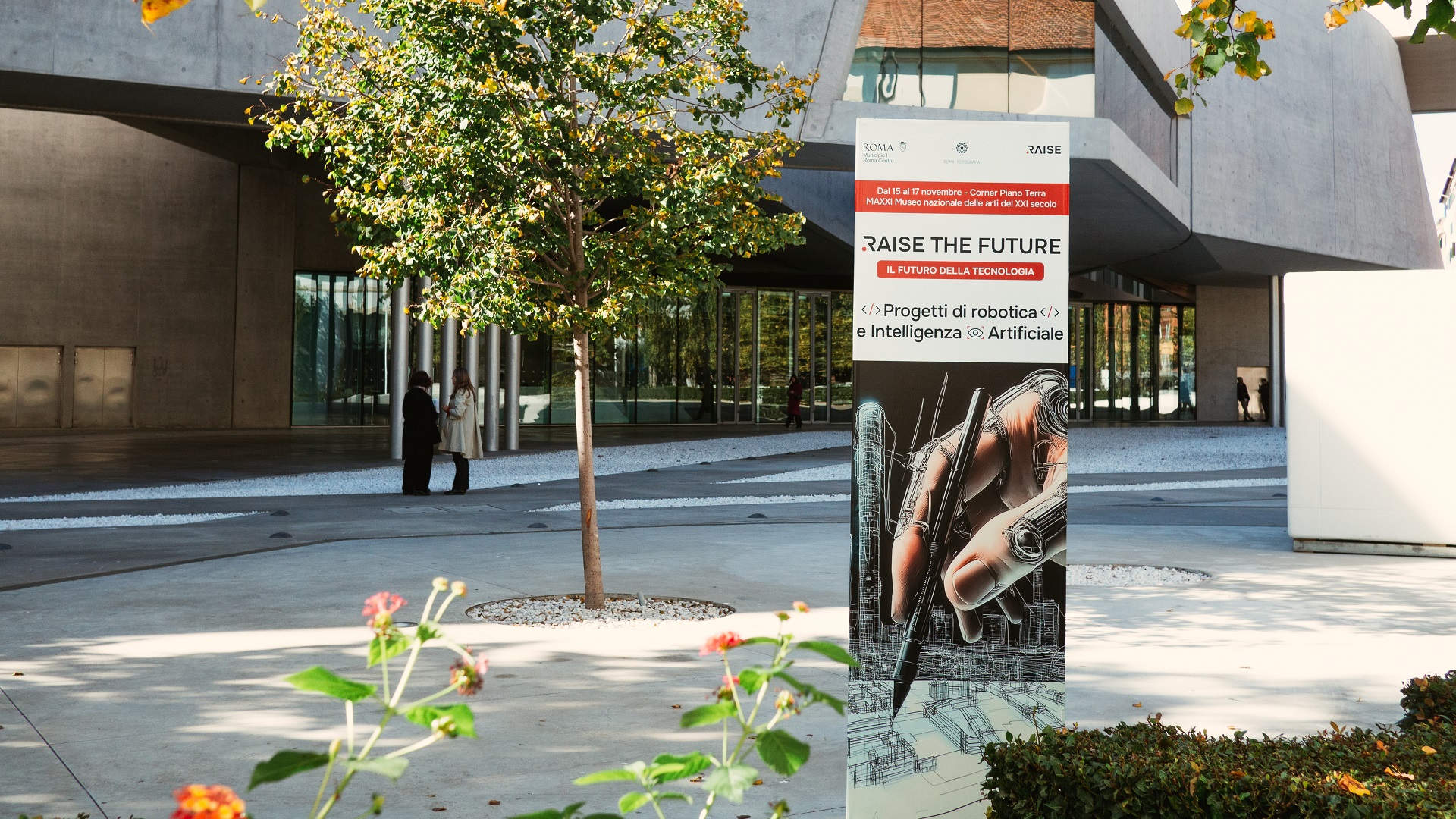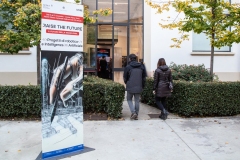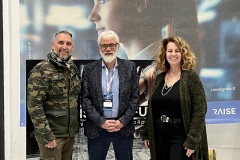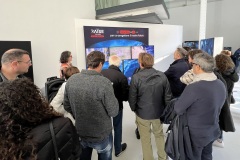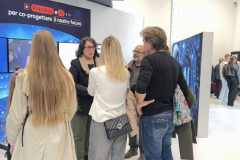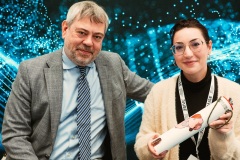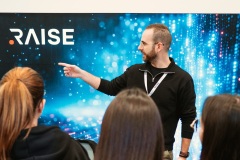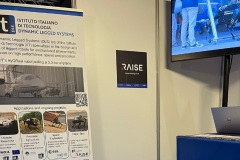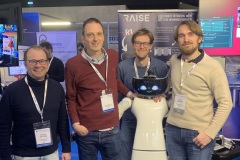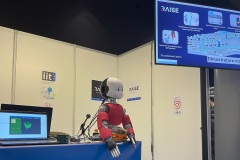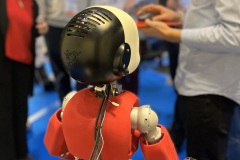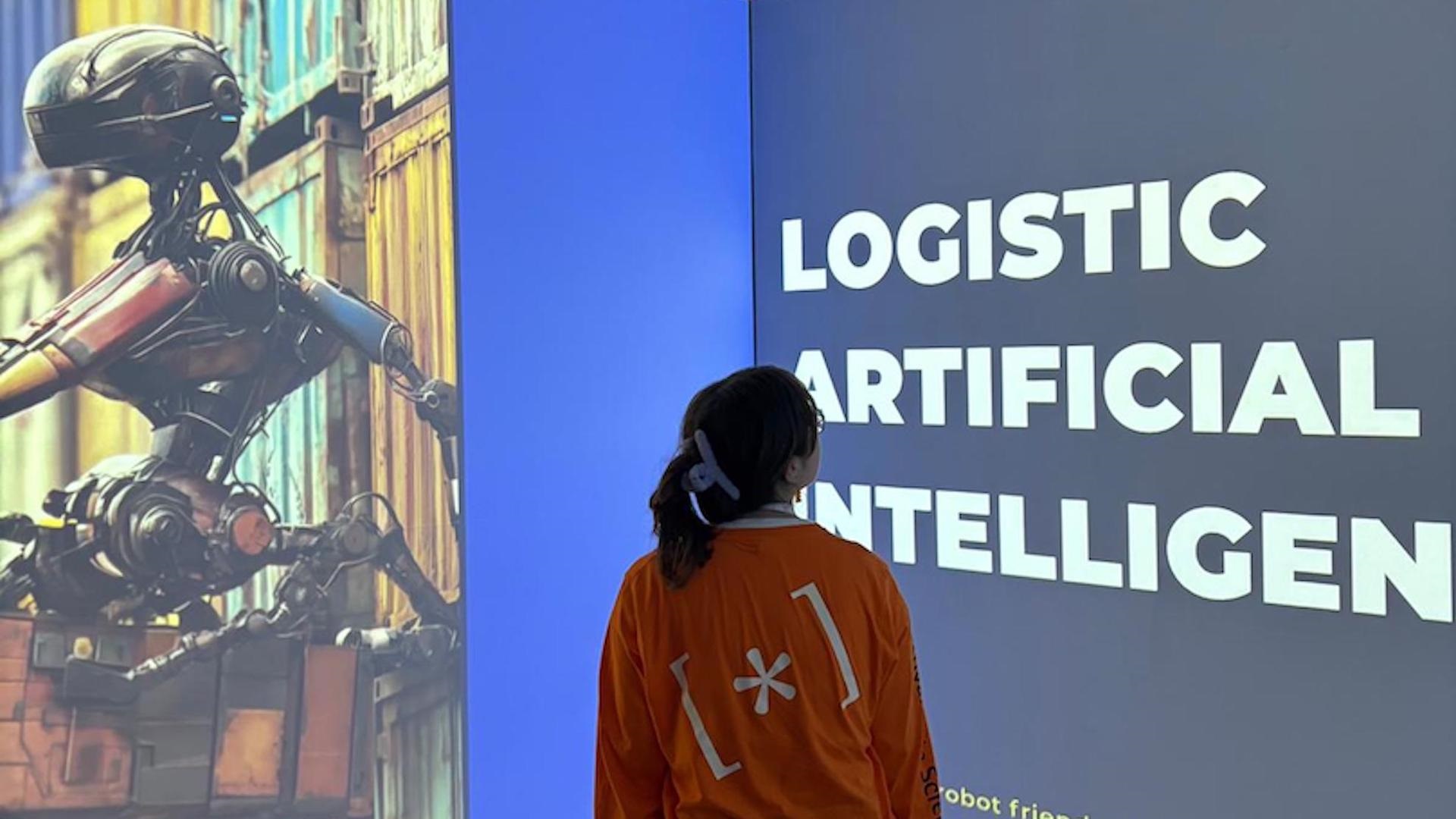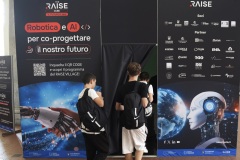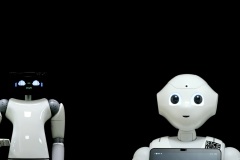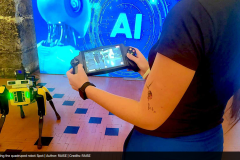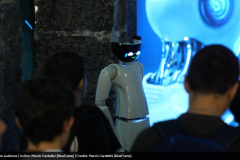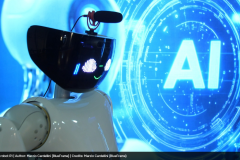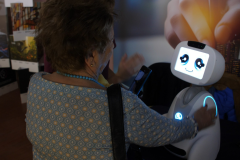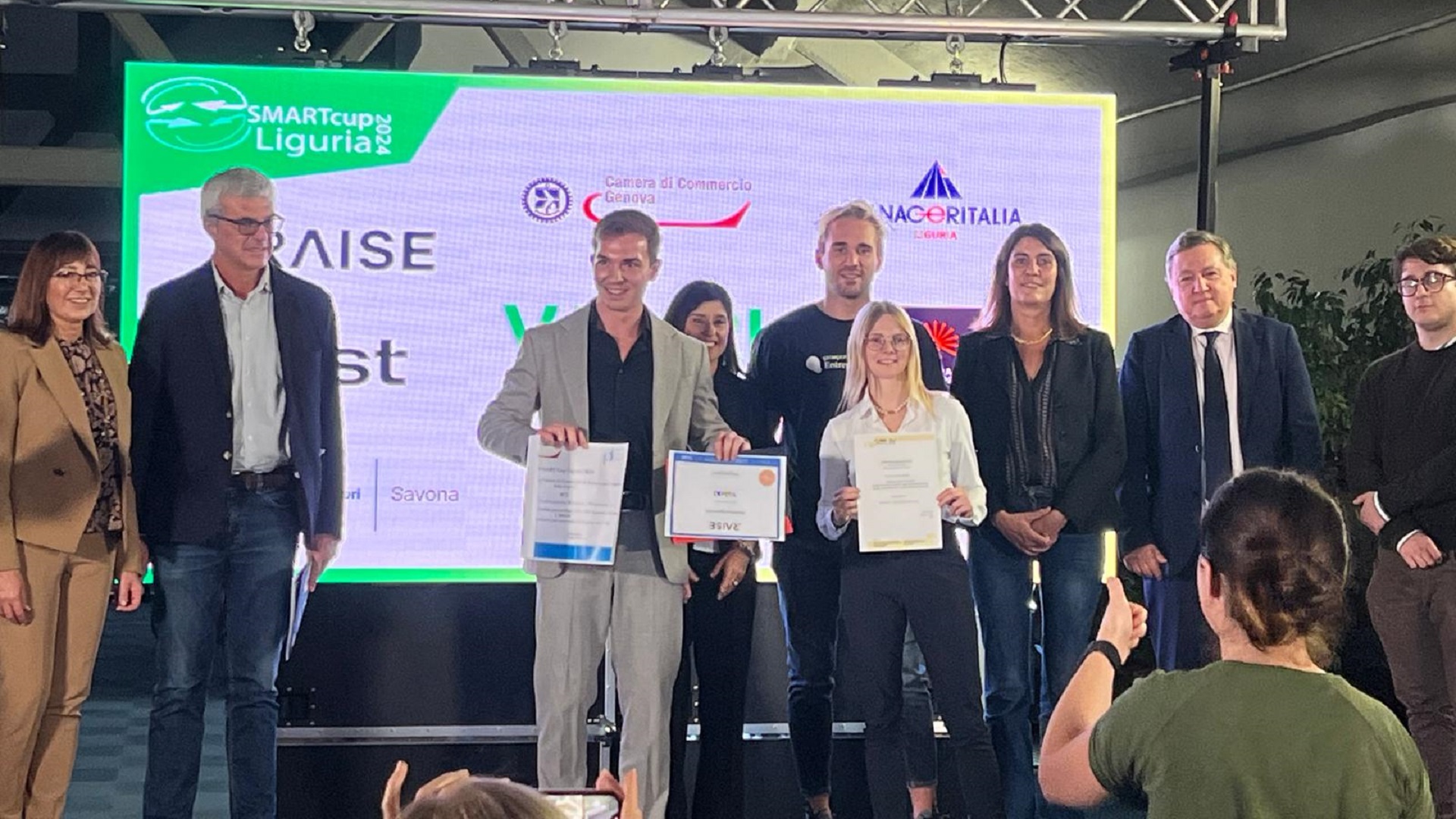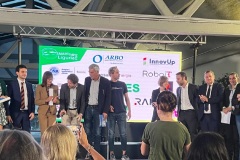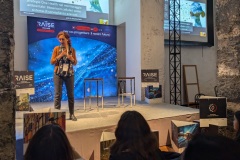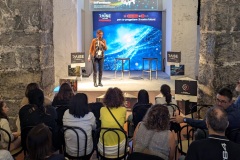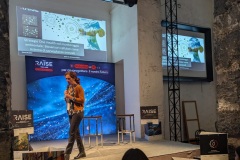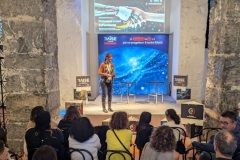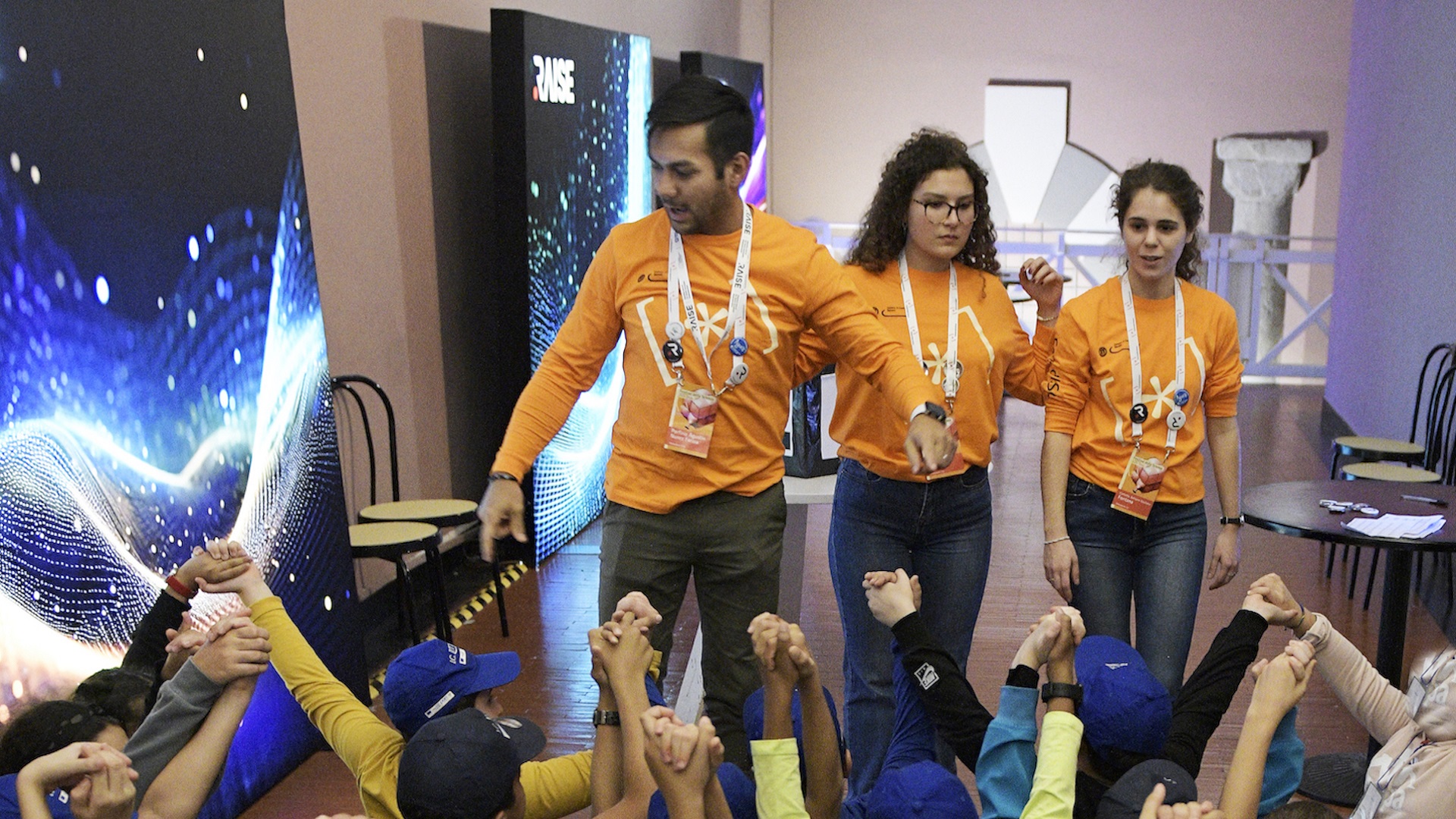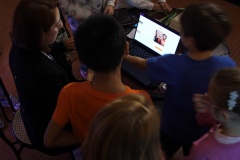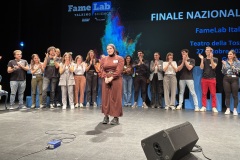Starting from January 2025, the institutional website of the Ligurian innovation ecosystem RAISE offers a section entirely dedicated to scientific publications, which includes articles published in conference proceedings, scientific journals and books.
The publications, already present on conference websites, industry journals and reference academic databases, are therefore also promoted through the institutional website and on RAISE’s social channels.
Starting from the launch of this section, it will be possible to link content from the News section, where the results are summarised, to the Publications section, for users who wish to understand deeper, thanks to reading the entire scientific document.
For those who access the Scientific Publications section directly, it is possible to explore the content organized by Spoke, choose the article of interest, and then view its detailed information.
For each text, a series of information is indicated: title, list of authors with institution of affiliation, Spoke of RAISE, abstract and direct link to access the full text.
All contents are in Open Access mode, to ensure greater sharing of knowledge.
The main objective of this initiative is to enhance the dissemination of scientific results, promoting information exchange interdisciplinary collaboration within the academic and scientific community.
The section contains an initial list of publications produced from the beginning of the project until November 2024. Over the next few weeks, further publications from 2024 will be progressively added, followed by those relating to 2025.
The launch of this new area is part of the multi-channel strategy of dissemination and valorization of the results produced by the RAISE ecosystem.
As highlighted by both President Barbara Alemanni and Programme Manager Cristina Battaglia, also during the conference of October 25 2024 on the occasion of the RAISE Village, scientific publications are an important result of RAISE, both for the initial ones that describe methods, experiments and preliminary results, and for the more advanced ones, which present more consolidated results of the project.
The variety of international conferences and journals contributes to the impact of RAISE innovation in a broader international context.
Visit the new section dedicated to scientific publications.



